介绍
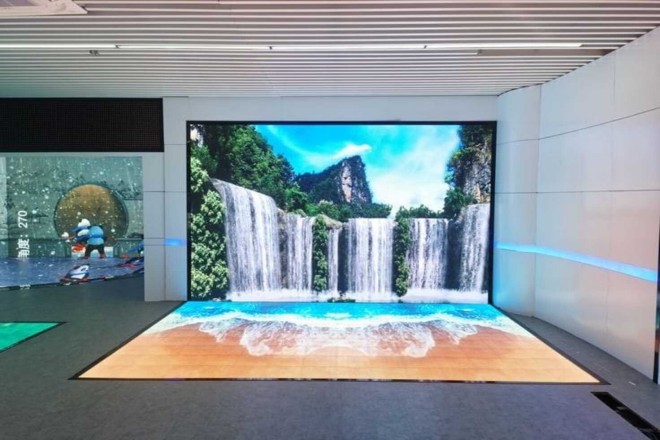
在数字时代, LED显示屏 已成为信息传播和视觉展示的重要工具,无论是商业广告、公共信息展示,还是娱乐活动,都发挥着不可或缺的作用。
然而LED显示屏的显示效果往往受到多种因素的影响,其中一些因素在日常使用中可能会被忽视。本文将探讨这些经常被忽视的细节,揭示它们是如何影响LED显示屏显示效果的,并提出切实可行的建议。
1、LED显示屏的清洁与保养
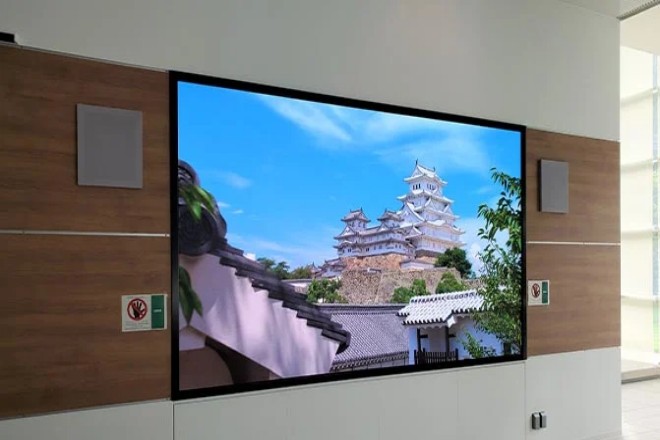
1).灰尘、污垢的积累对LED显示屏显示效果的影响
灰尘污垢的积累对于LED显示屏的显示效果有着很大的影响,如果长期不清理的话,灰尘就会沉积在显示屏的宏观成像系统中,影响像素的表现。
具体来说,灰尘和污垢会降低显示器的亮度和对比度,导致画面变得模糊或出现马赛克。另外,灰尘还可能影响显示器的散热效果,导致内部元器件过热,从而缩短显示器的使用寿命。
因此定期对LED显示屏进行清洁对于保持其良好的显示效果、延长其使用寿命至关重要。
2). LED显示屏定期清洁的方法和最佳实践
- 真空清洁
首先,使用吸尘器或者专用工具清除显示屏面罩表面的污垢和灰尘。此步骤可以初步清除附着在表面的大部分灰尘,为后续的湿式清洁做好准备。
- 湿洗
接下来,使用喷水和蒸汽加湿对显示屏面罩进行喷洗,然后,使用吸尘器上的软刷擦洗灯面罩,清除污垢。
请注意,湿式清洁时应避免使用过多的水,以防止水渗入显示器内部并造成损坏。
- 干燥处理
湿式清洁后,使用吸尘器吸去湿式清洁后留下的水滴和水痕,确保显示屏面罩清洁无尘。干燥是防止水渍对显示屏造成损坏的关键步骤。
- 定期检查和更换电源和连接线
除了表面清洁外,还应定期检查电源及连接线是否连接牢固,有无破损、老化等现象,发现问题应及时更换,以保证电源及信号传输的稳定性。
- 热管理
确保显示器周围有足够的空间,不要阻塞散热口,并定期清洁散热器和风扇,以保持良好的散热效果。
散热不良会导致显示器内部元器件过热,从而缩短其使用寿命。
- 防水防尘措施
对于户外显示屏,应确保外壳具有良好的防水、防尘性能。定期检查显示屏的密封条、密封胶是否完好,如有损坏应及时修复或更换。
2.LED显示屏周围的环境因素
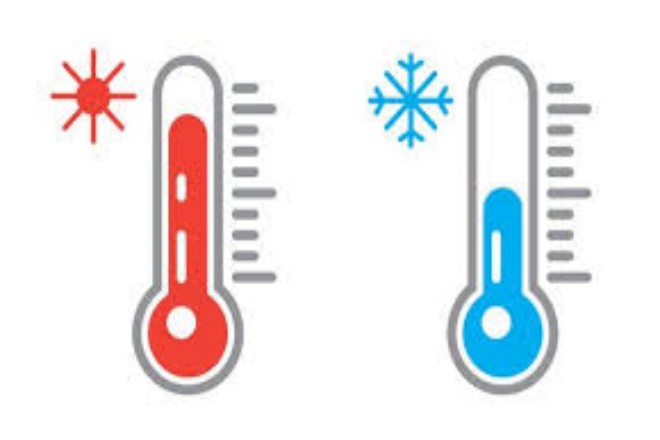
1). 温度
- 热:
想象一下,夏天你在户外。如果太阳晒得你热起来,你也会感到不舒服,对吧?同样,LED 显示屏在高温下也会让人“不舒服”。
高温会导致显示屏内部部件老化得更快,就像手机电池在高温下会更快磨损一样。此外,显示屏也会变得更热,这可能会导致其显示不正确甚至损坏。
- 低温:
尽管 LED 显示屏比其他一些设备更能承受低温,但它不会太冷。就像冬天穿得不够暖和会感到寒冷一样,显示屏在太冷的环境中可能无法正常工作。
2). 湿度
- 高湿度:
湿度就好比空气中的水分,如果湿度过大,就好比下雨天拿着手机,没有做好保护,手机就很容易进水。
如果显示器长期暴露在高湿度的环境中,里面的电子元件可能会生锈或短路,导致其无法正常工作。
3). LED显示屏的保护策略
3.1). 应对高温
寻找阴凉的地方:尝试将显示器安装在通风良好、远离阳光直射的地方。
冷却:有些显示器有内置风扇或散热器,就像计算机一样,有助于散热。
定期清洁:保持显示屏清洁、无灰尘,以便更好地散热。
3.2).应对低温。
- 保暖:虽然并不常见,但如果您的显示器需要在非常寒冷的环境中工作,请考虑为其添加隔热罩,或选择能够承受低温的显示器。
3.3). 处理湿度
防水防潮:选择具有防水功能的显示器,就像有的手机有防水功能一样。
保持干燥:如果环境潮湿,请考虑使用除湿机或定期通风以降低湿度。
3.LED显示屏的电源管理
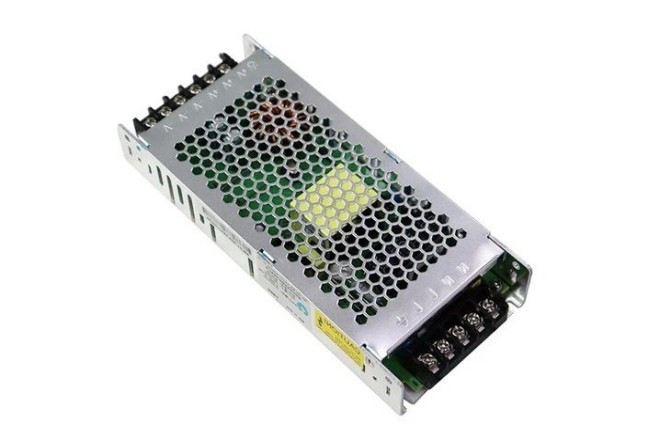
1). 不稳定或不适当的影响 电源 LED显示屏显示效果的探讨
电源不稳定或者不合适会直接影响LED显示屏的显示效果和稳定性,具体影响包括:
显示效果下降:电源不稳定,可能造成不均匀 亮度, 色彩失真或者LED显示屏变暗,影响观众的视觉体验。
闪烁、抖动:电压波动或者电流不稳定都会引起显示屏闪烁、抖动,严重影响显示效果。
寿命缩短:长期在不稳定的电源下工作,会加速LED灯珠和内部电子元器件的老化,缩短显示屏的使用寿命。
设备损坏:极端情况下,不合适的电源可能会直接损坏显示屏的电路板或者其他关键部件,造成设备报废。
2).如何保证电源的稳定性和安全性
为了保证LED显示屏电源的稳定性和安全性,可采取以下措施:
- 合理选择电源:
根据显示屏的功率需求和电压要求,选择功率储备充足、输出电压稳定的电源,同时确保电源质量可靠,来自知名品牌和厂家。
- 安装稳压设备:
在电源输入端加装稳压器或UPS(不间断电源),稳定电压和电流,减少外部电网波动对显示屏的影响。
- 定期检查和维护:
定期对电源设备进行检查和维护,包括检查电源线、接插件是否有松动、损坏的情况,清理电源设备上的灰尘、污垢。
- 设置备用电源:
在关键场所或重要的应用场合,可以设置备用电源,当主电源发生故障时自动切换,保证显示屏的持续工作。
- 加强散热管理:
电源设备在运行过程中会产生热量,如果散热不良,则可能造成设备过热损坏,因此应加强电源设备的散热管理,保证其正常散热。
4、LED显示屏周围外界光源的干扰
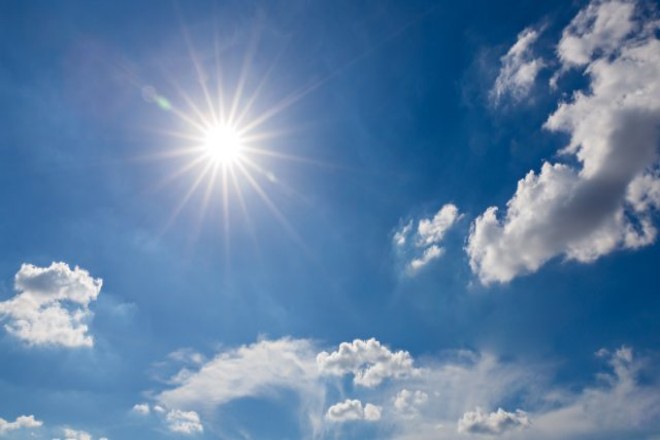
LED显示屏周围外部光源的干扰是一个常见问题,尤其是在户外或光照复杂的环境中。
下面就强外界光源或反射对LED显示屏可视性的影响、减少外界光源干扰的策略,并详细分析室内照明设计对提升显示效果的作用。
1).外界强光或反射对LED显示屏可视性的影响
- 降低亮度:
强烈的外界光线,比如直射的阳光,会相对降低LED显示屏的亮度,使观众难以清晰地识别显示内容。
- 对比度降低:
反射现象(例如周围建筑物、玻璃幕墙等反射的光线)会干扰显示屏的显示效果,降低画面的对比度,使图像模糊或难以分辨细节。
- 颜色失真:
某些情况下,外界光源的干扰也可能造成显示屏色彩失真,影响观众的视觉体验。
2). 减少外界光源干扰的策略
- 安装引擎盖:
在LED显示屏周围安装遮阳罩或遮篷,可以有效阻挡阳光直射,减少反射,提高显示屏的可视度。
罩壳的设计应考虑通风、散热及方便维护,保证显示屏的正常运行。
- 调整显示角度:
通过调整显示屏的安装角度,尽量避开阳光直射和强反射光的方向,减少外界光源的干扰。
在调整角度的时候还需要考虑观众的观看角度和舒适度,以保证最佳的显示效果。
- 使用防反射材料:
在显示屏上或周围使用防反射材料,例如防眩光玻璃或特殊涂层,可以减少反射并提高图像清晰度。
- 智能亮度调节:
可以利用光传感器等智能设备实时监测环境光强度,自动调节显示屏的亮度,以适应不同的光照环境。
结论
LED显示屏的显示效果是多种因素综合作用的结果。
通过本文的探讨,我们了解到,除了显示器本身的技术参数外,日常的清洁维护、环境条件控制、稳定的电源管理、外界光源的干扰等都是影响其性能的重要因素。
采取适当的措施管理和控制这些因素,不仅可以提高显示器的性能,而且可以延长显示器的寿命。
最后,如果您想了解更多关于LED显示屏的知识, 请与我们联系。
